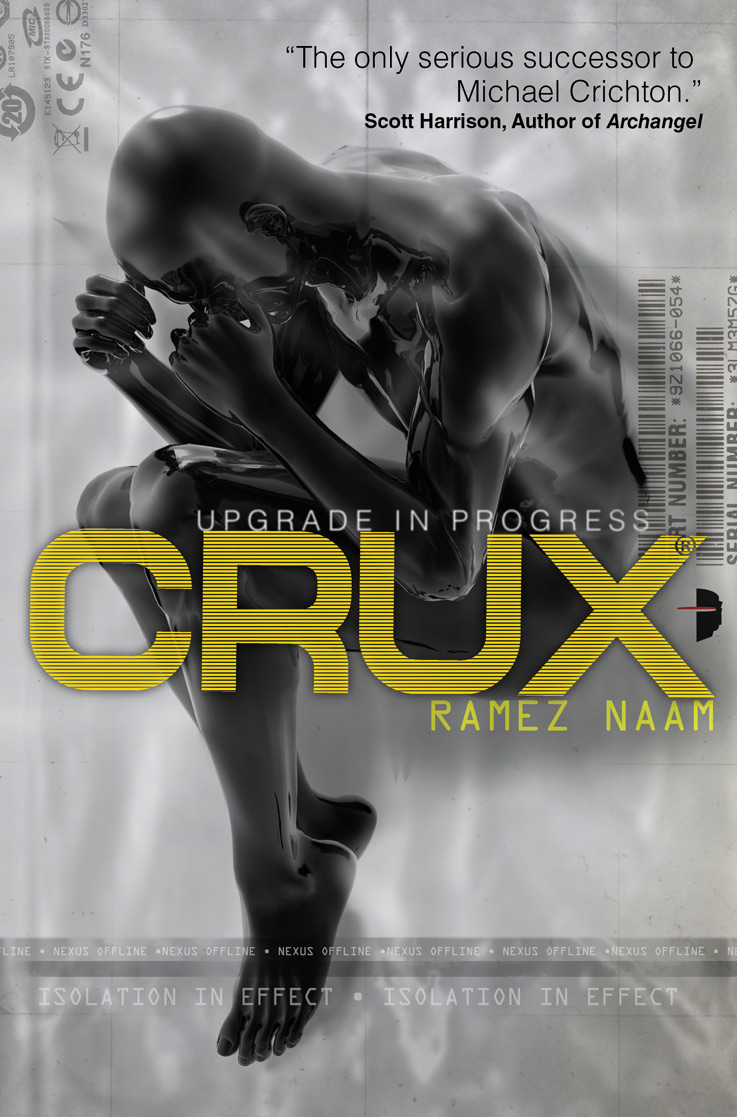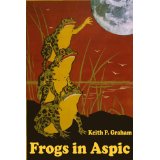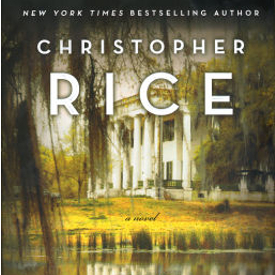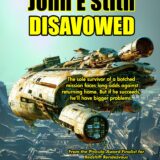 We all know about cyberpunk, the sub-genre of science fiction coined, not by William Gibson or Bruce Sterling, as is popularly believed, but by a man called Bruce Bethke (it was actually the word “cyberspace” that Gibson brought into common usage, while Sterling really launched the genre).
We all know about cyberpunk, the sub-genre of science fiction coined, not by William Gibson or Bruce Sterling, as is popularly believed, but by a man called Bruce Bethke (it was actually the word “cyberspace” that Gibson brought into common usage, while Sterling really launched the genre).
The word “punk” itself has interesting origins, both as an adjective and a verb. The adjective meant something bad or inferior, while the nouns varied from “rotten wood used as tinder” (17th century) then morphed from meaning “harlot” or “prostitute” to “homosexual” and not until the 1920s did it come to mean “a young boy, or inexperienced person.” The young criminal derivative was adopted in the 1970s for the eponymous anti-corporate, anti-authoritarian, anti-everything rock music movement.
Science fiction writer, Lawrence Person, encapsulated what cyberpunk was about this way: “Classic cyberpunk characters were marginalized, alienated loners who lived on the edge of society in generally dystopic futures where daily life was impacted by rapid technological change, an ubiquitous datasphere of computerized information, and invasive modification of the human body.”
While many of the ideas in cyberpunk are now part of our daily  lives—virtual reality, and the information superhighway known as the Internet—it’s largely fallen out of favour in science fiction, though some writers do still write in that vein (check out novels like Nexus and other books in the series, by Ramez Naam; For the Win by Cory Doctorow; Ready Player One by Ernest Cline; and Nebula winner The Windup Girl by Paola Bacigalupi—a truly amazing novel.
lives—virtual reality, and the information superhighway known as the Internet—it’s largely fallen out of favour in science fiction, though some writers do still write in that vein (check out novels like Nexus and other books in the series, by Ramez Naam; For the Win by Cory Doctorow; Ready Player One by Ernest Cline; and Nebula winner The Windup Girl by Paola Bacigalupi—a truly amazing novel.
This lengthy exposition is simply by way of introduction to a series of blogs I’m planning in which the word “punk” has been bolted on to other words to create a bewildering range of genre derivatives, or subsets, of science fiction, fantasy and horror, steampunk being the most significant and popular of these today. Steampunk, as I’m sure you all know, is “a subgenre of speculative fiction, usually set in an anachronistic Victorian or quasi-Victorian alternate history setting (Urban Dictionary) and typically features steam-powered machinery rather than advanced technology. Its nearest relative is dieselpunk, arguably slightly grittier in tone, with an Art Deco feel. Both of these genres have spawned fashion trends, artworks, music, films and rabid fan bases.
The other big genre that arrived close on the heels of cyberpunk was splatterpunk. Author David J. Schow came up with that term at a World Fantasy Convention, to describe a subgenre distinguished by its graphic, often gory, depiction of violence.
Believe it or not, there exist also a host of sub-sub genres, too, many of which I’d never heard of. See if any of these mean anything to you.

- Decopunk
- Atompunk
- Biopunk
- Nanopunk
- Stonepunk
- Clockpunk
- Elfpunk (seriously!)
- Mythpunk
And, my personal favourite: Nowpunk. Coined by Bruce Sterling, naturally, which he applied to contemporary fiction set in the time period in which the fiction is being published—in other words, all contemporary fiction! He used it when describing his book The Zenith Angle, which follows the story of a hacker whose life is changed by the September 11th, 2001 attacks.
There are riches to be mined for articles on any or all of these derivates, and I will try my level best to bring you more on the topic(s) in the future. Or the retro future, if you prefer.











2 Comments